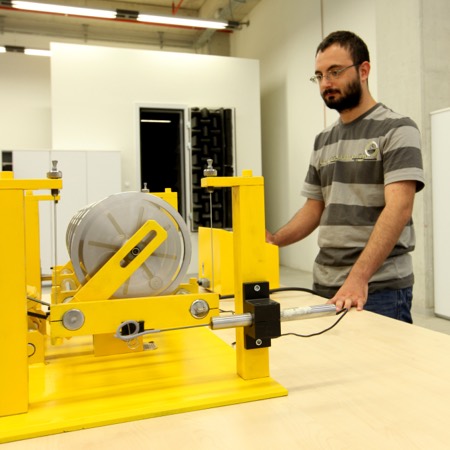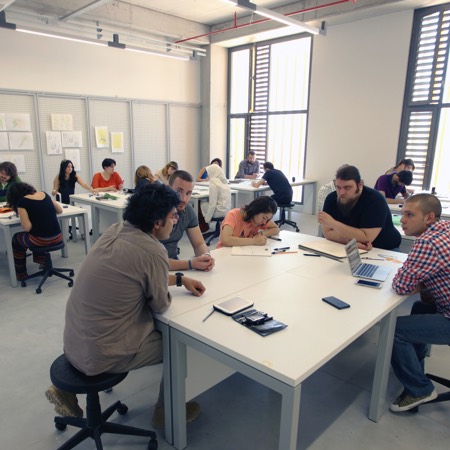About the Department
.
Visual Communication Design Bachelor's Program
The Visual Communication Design undergraduate program focuses on the effective use of visual elements in communication, training experts who can develop creative visual communication design solutions across all media fields.
Graduates of the Visual Communication Design program have a wide range of job opportunities thanks to their creative and technical skills. They can work as graphic designers, digital designers, user experience (UX) designers, and user interface (UI) designers in advertising agencies, graphic design studios, publishing houses, web, and digital media companies. In the film, television, and animation industries, they can take on roles such as visual effects designer, animator, or concept artist. Additionally, they can serve as art directors or visual communication strategists in advertising campaigns and marketing strategies. Graduates may also work as content creators in the media and publishing sectors or take on freelance projects as independent designers. Those interested in an academic career can pursue master's and doctoral degrees to work in education and research. This diversity offers graduates strong career opportunities in creative industries.
Program Educational Objectives
- Visual Communication Skills: Develop the ability to create effective and aesthetically appealing visual designs in communication processes.
- Creative Thinking Development: Enhance the capacity to produce original and innovative solutions to design problems.
- Mastery of Design Technologies: Ensure proficiency in current technologies used in graphic design, digital art, and multimedia applications.
- Theoretical Knowledge: Teach the theoretical foundations of visual communication, art, and design, enabling their application to projects.
- Project Management: Develop the ability to plan, implement, and evaluate design projects.
- Teamwork: Support the ability to contribute to interdisciplinary projects and establish effective communication within a team.
- Critical Thinking and Analysis: Foster the ability to critically evaluate and analyze visual designs.
- Professional Ethics and Responsibility: Teach adherence to ethical standards and social responsibilities in the design process.
- Cultural and Artistic Awareness: Integrate cultural, historical, and artistic values into the design process to create rich and meaningful content.
- Industry Preparation: Prepare graduates for successful careers in various sectors such as advertising, media, publishing, and digital content production.




